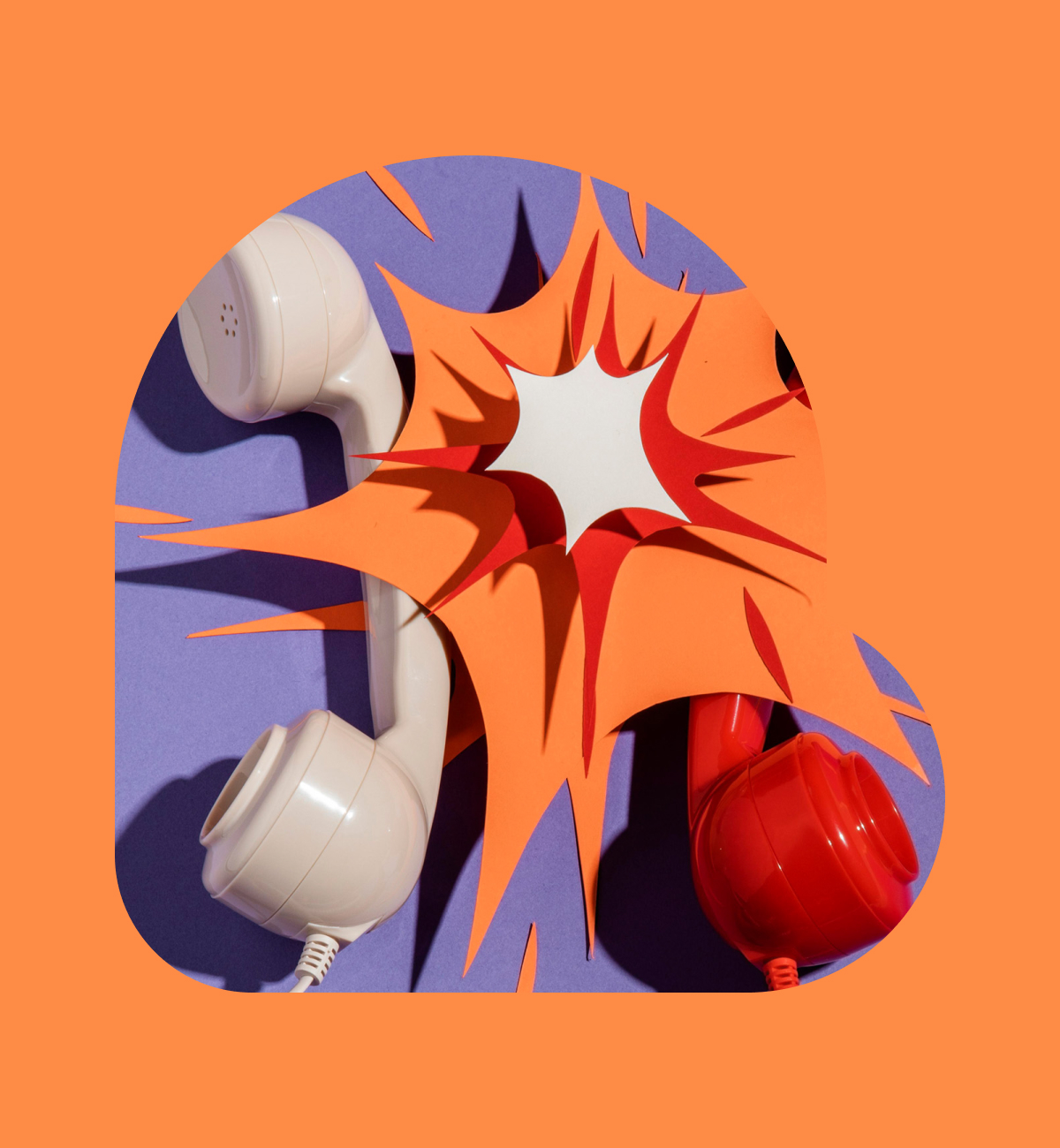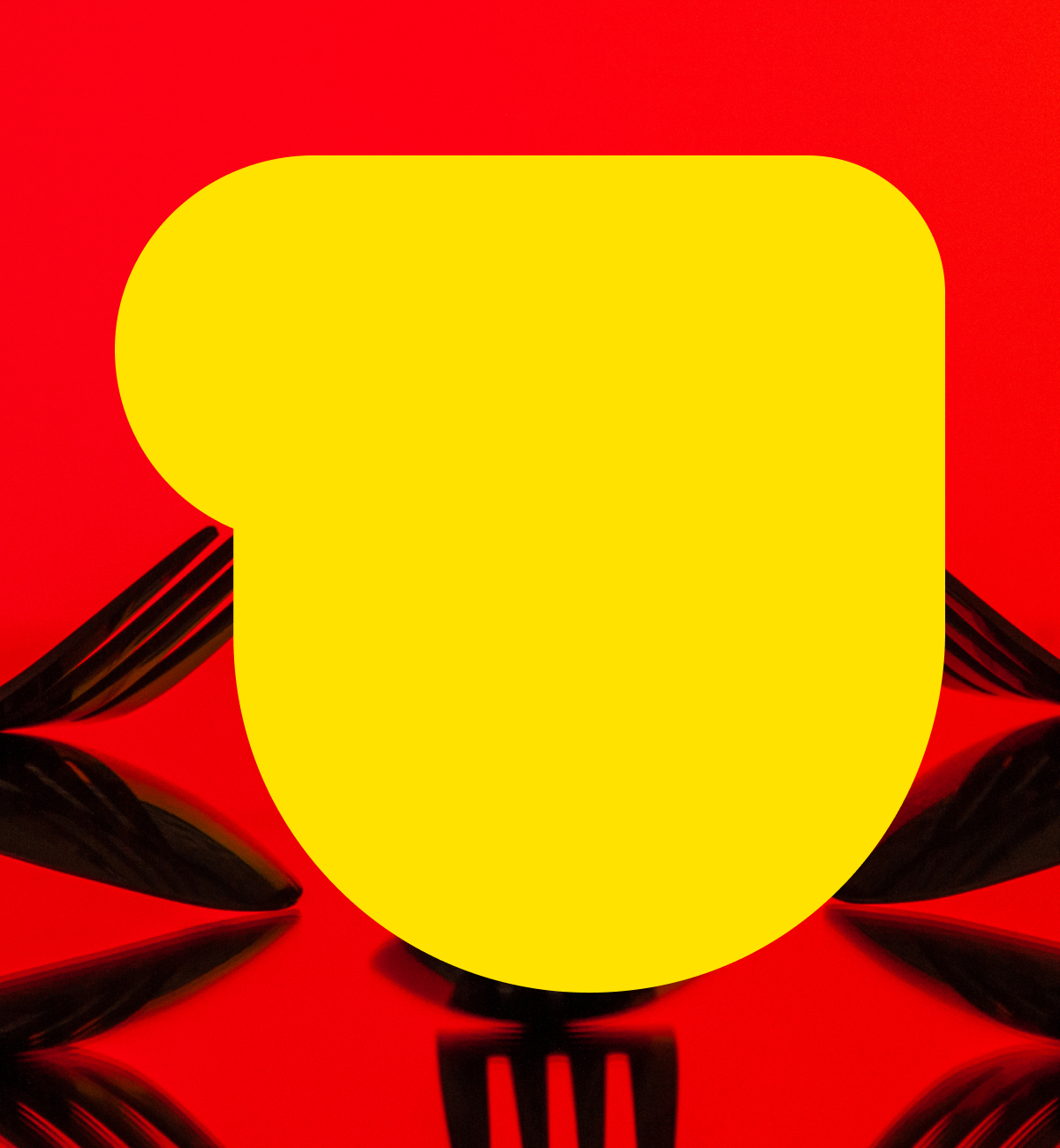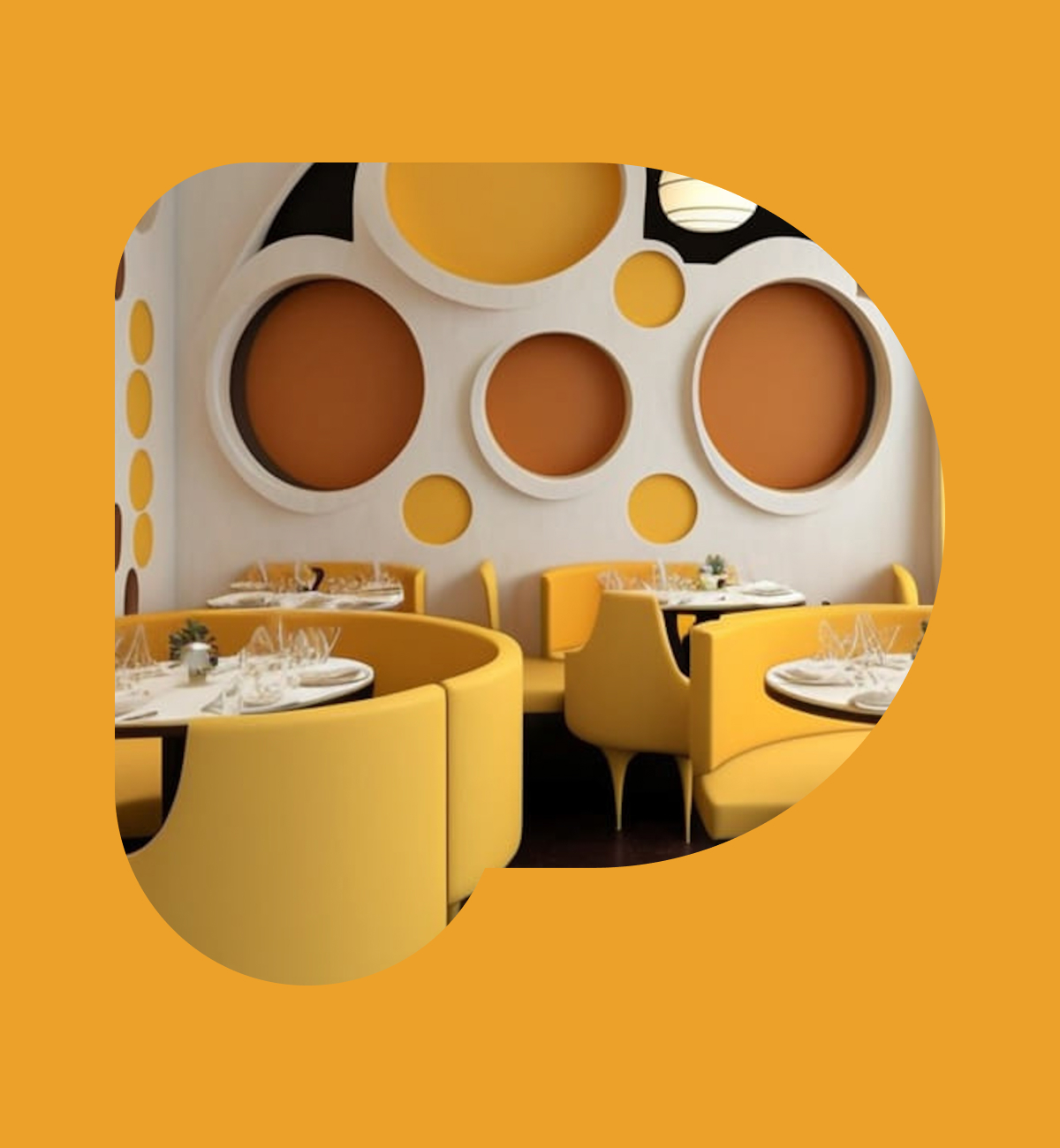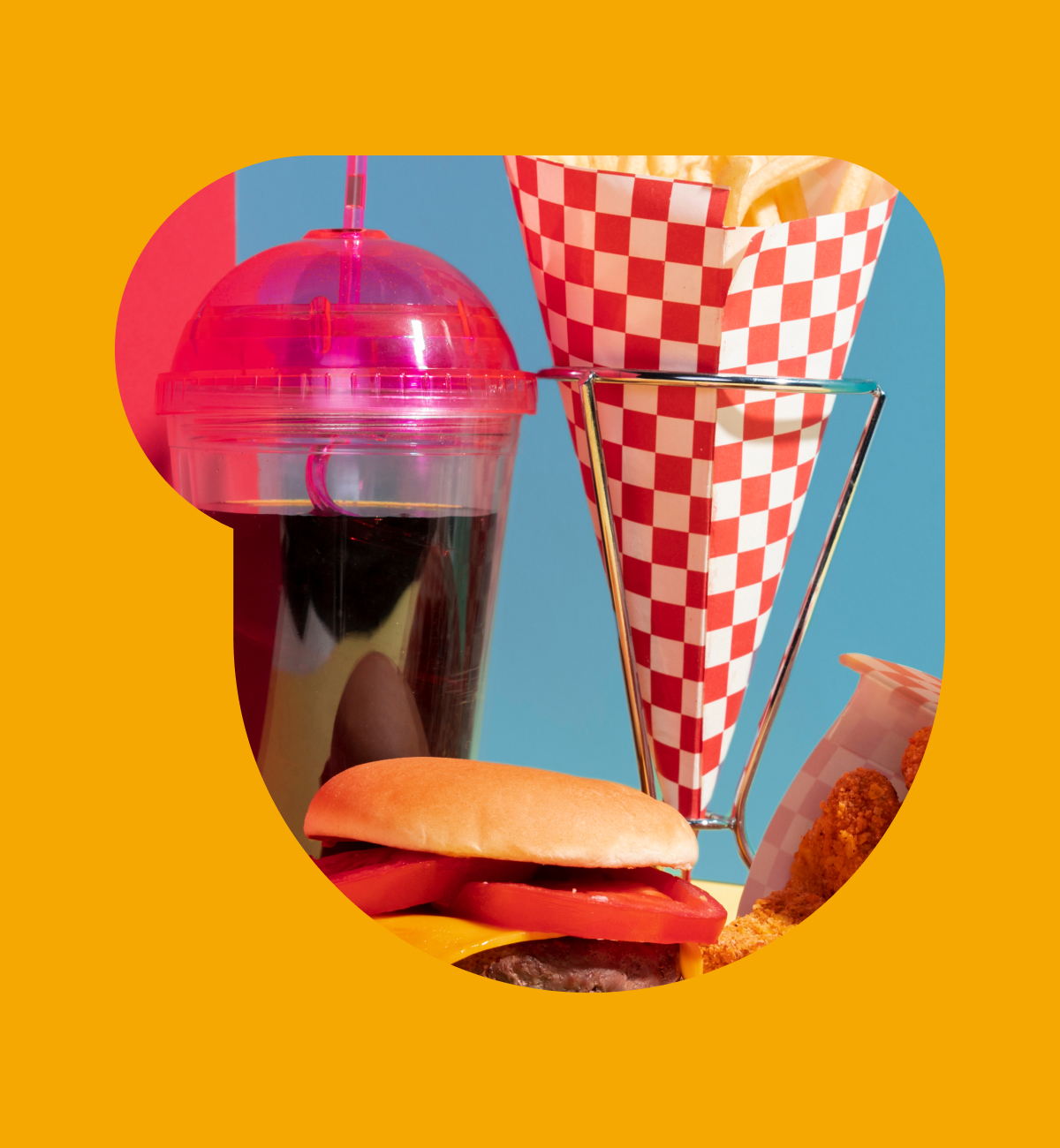Discover what universities are doing to bring students back to the classroom.
The impact of COVID-19 can be felt on virtually every industry, with higher education being no exception. According to recent data, undergraduate enrollment is currently in its steepest decline so far since the pandemic began, down 5.9% compared to this time last year. Community college enrollment fell by double digits, with enrollment down 11.3%.
With the burdens of going to college clearly mounting for many, it’s vital that schools learn to brand themselves in a way that shows value more than ever. Here are five branding trends for universities that you can use to help catch the attention of potential students and boost enrollment.
Share Your Value

Know your strengths and highlight those. Does your school offer an an outstanding support system? A faculty made up of experts in their field? Experiences outside the classroom that your students are seeking out? Hone in on what makes your school and its story unique, and highlight those to help your university stand out from the competition. Be sure to highlight the things that are truly unique to your institution. But be careful not to cast your net too wide—be sure to only emphasize what is true to what the school is now, not what you hope it will be or what it has potential to become.
Appeal to Your Ideal Student

Know your target audience and approach your branding with those people in mind. If you try to appeal to every possible student looking to go to college, you might not be speaking as directly as you could be to those students who would be the perfect match for your school and who are more likely to enroll if you’re able to connect with them in the right way.
Highlight Connection

Universities offer a unique experience that people may be craving in a post-COVID world—being a part of a community with shared interests and experiences. Being a brand that focuses on these shared experiences is more valuable than ever. Appeal to this desire for connection by using language and imagery that is honest, authentic and genuine while underscoring the camaraderie students will find at your school that’s hard to replicate anywhere else.
Have a Clear Voice

More and more, students see increased value in a university that provides active and vocal support for social causes. While there’s always the risk of polarization, silence from a university could be considered a red flag to some. Be thoughtful about your messaging, stay true to your values as a school and don’t be afraid to be vocal about issues that your prospective students care about.
Stay Active on Social Media

Finally, don’t neglect your always-on channels of communication with prospective students, like social media. A big part of staying relevant with a younger audience is getting in front of them where they are with compelling and interesting content. Putting out thoughtful, creative posts and actively updating your channels is a valuable way to show students you care about reaching them in a way that really resonates.
We hope you’re able to apply some of these branding trends for colleges to help boost your enrollment for upcoming semesters. For more on how Push can help with your university marketing efforts, contact us here or call 407-841-2299.














































